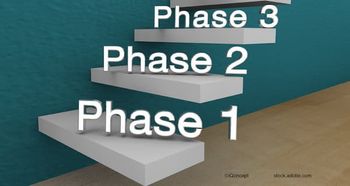
Photoscreeners detect anismentropia
A recent study in the Journal of Paediatric Ophthalmology & Strabismus states that objective photoscreeners are valid for the detection of contact lens-induced anisometropia.
A recent study in the Journal of Paediatric Ophthalmology & Strabismus states that objective photoscreeners are valid for the detection of contact lens-induced anisometropia.
A study group led by Dr Robert W. Arnold, Ophthalmic Associates, Anchorage, Alaska, USA, applied nine objective screeners to two emmetropic subjects with or without known power contact lenses to produce spherical and cylindrical anisometropia.
The screeners created near linear pupil crescents and were able to estimate refractions for induced anisometropia. Devices performed most efficiently with the Association for Pediatric Ophthalmology and Strabismus (AAPOS) 2003 validation.
However, the iPhone was too sensitive and the remote auto refractors using Vision in Preschoolers Study criteria were less sensitive.
To read the abstract please click
Newsletter
Get the essential updates shaping the future of pharma manufacturing and compliance—subscribe today to Pharmaceutical Technology and never miss a breakthrough.







































